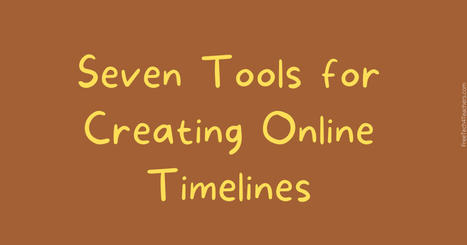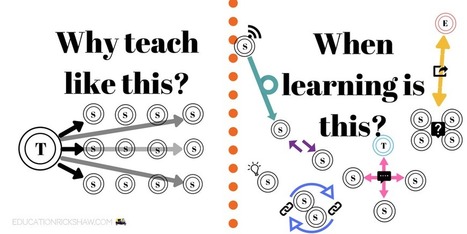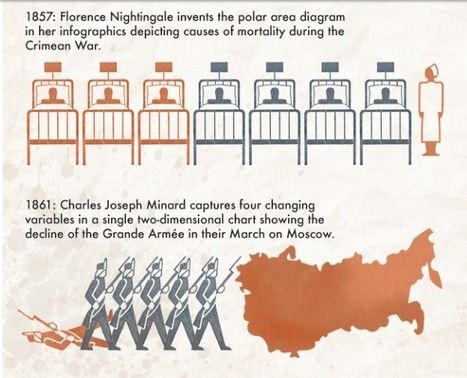Time to Throw Out the Playbook In looking back at my parents’ education in the 1950s and 60s, and my own education in the 1990s and 2000s, I worry sometimes that despite the huge advances that we’ve seen in technology, not much has changed when it comes to how we view learning and how we design learning environments. The transmission model of education is still the name of the game, although in some circles there are signs of its erosion.
I would like to take you on a journey in this post, starting from the 1950s banking model (Freire, 1968) of instructional design, before comparing it to my own schooling experiences as a digital native at the turn of the century. Then, finally, I would like to share my vision for C21 learning, and propose some ways that we can move forward so that we are meeting the needs of today.
Via
Mark E. Deschaine, PhD,
Miloš Bajčetić



 Your new post is loading...
Your new post is loading...


















